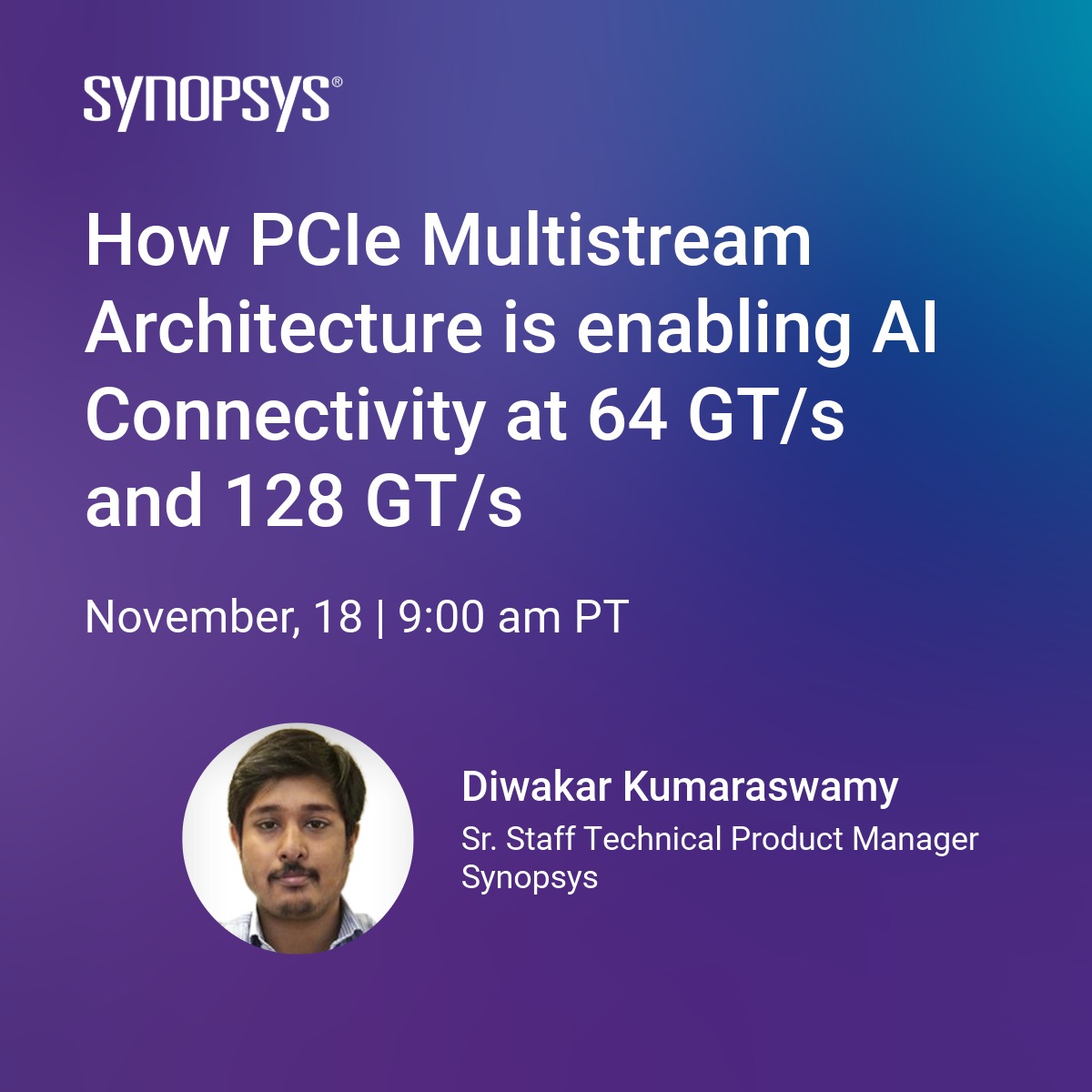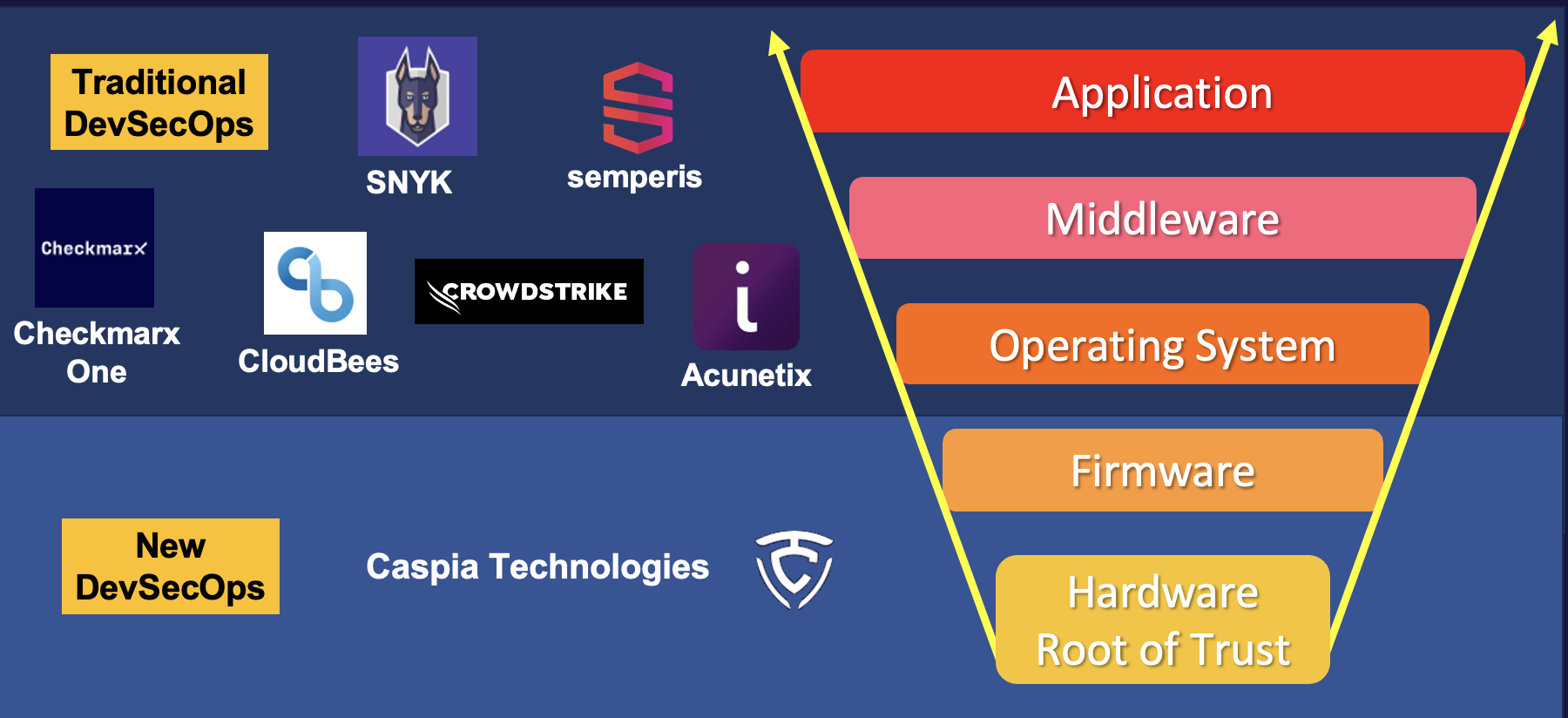Nvidia has found that video games are the perfect metaphor for autonomous driving. To understand why this is so relevant you have to realize that the way self-driving cars see the world is through a virtual world created in real time inside the processors used for autonomous driving – very much like a video game. It’s a little bit like… Read More
 EDA Has a Value Capture Problem — An Outsider’s ViewBy Liyue Yan (lyan1@bu.edu) Fact 1: In the…Read More
EDA Has a Value Capture Problem — An Outsider’s ViewBy Liyue Yan (lyan1@bu.edu) Fact 1: In the…Read More WEBINAR: How PCIe Multistream Architecture is Enabling AI ConnectivityIn the race to power ever-larger AI models,…Read More
WEBINAR: How PCIe Multistream Architecture is Enabling AI ConnectivityIn the race to power ever-larger AI models,…Read More A Six-Minute Journey to Secure Chip Design with CaspiaHardware-level chip security has become an important topic…Read More
A Six-Minute Journey to Secure Chip Design with CaspiaHardware-level chip security has become an important topic…Read More Lessons from the DeepChip Wars: What a Decade-old Debate Teaches Us About Tech EvolutionThe competitive landscape of hardware-assisted verification (HAV) has…Read More
Lessons from the DeepChip Wars: What a Decade-old Debate Teaches Us About Tech EvolutionThe competitive landscape of hardware-assisted verification (HAV) has…Read More Think Quantum Computing is Hype? Mastercard Begs to DisagreeJust got an opportunity to write a blog…Read More
Think Quantum Computing is Hype? Mastercard Begs to DisagreeJust got an opportunity to write a blog…Read MoreThese 2 Markets to Drive IC Market Growth through 2020
Spotting trends is an essential insight for marketing folks, general managers and C-level executives in our semiconductor industry. You could read hundreds of press releases, attend dozens of conferences, and interview all of the major thought leaders to help spot an emerging trend, or you could subscribe to a service like IC… Read More
ISO 9001:2015 – Not Just for the Big Guys
If you are like me, you remember the banners that large companies put up years ago when they achieved ISO 9001 compliance. It seemed at the time that this was something only for large companies. Since its introduction in 1987 ISO 9001 has both evolved as a standard and has become an achievement that not just large manufacturing companies… Read More
IoT Security – Part 1 of 3: IoT Security Architecture on the Device and Communication Layers
The massive scale of recent DDoS attacks on DYN’s servers that brought down many popular online services in the US, gives us just a glimpse of what is possible when attackers are able to leverage up to 150,000 unsecure IoT devices as malicious endpoints.
To address the growing fear and uncertainty out there surrounding the IoT security… Read More
Car Connectivity Lost
The frustration in the room was palpable yesterday at the annual Vehicle Connectivity Workshop gathering of the Telecommunications Industry Association (TIA). The prospect of dedicated short range communication (DSRC) technology achieving its long-sought mandate to connect cars and infrastructure hung tantalizingly… Read More
The Failure of IoT Platforms
Creative Evolution and the Post Platform Era
When telephones first came into existence, all calls were routed through switchboards and had to be connected by a live operator. It was long ago forecast that if telephone traffic continued to grow in this way, soon everybody in the world would have to be a switchboard operator. Of course… Read More
OpenCL hits FPGA-based prototyping modules
OpenCL brings algorithm development into a unified programming model regardless of the core, working across CPUs, GPUs, DSPs, and even FPGAs. Intel has been pushing OpenCL programming for some time, particularly at the high end with “Knights Landing” processors. Where other vendors are focused on straight-up C high-level … Read More
IOT – Think Big – Start Small – Scale Quickly
There’s an old philosophy that business coaches often use. It’s the saying that you think big, start small, and then scale quickly. If you follow it closely, you have the potential to make a lasting impression in an industry and achieve actual results in the process.
Let’s look at this in terms of the internet of things to see how it … Read More
Car Companies Should Steer Clear of Uber’s Red Ocean
It is no secret that Uber drivers struggle to make a living driving for Uber. The most popular guidance for Uber drivers is to use the service to supplement existing income, not as a full-time job. But Uber is transforming transportation with billions of dollars of investment, billions of dollars in fares and billions of dollars … Read More
The efabless $15,000 Design Challenge!
efabless is one of the more interesting companies we have worked with over the last six years. Interesting because it is disruptive and because it is all about enabling design starts, the life blood of the semiconductor industry.… Read More



AI RTL Generation versus AI RTL Verification